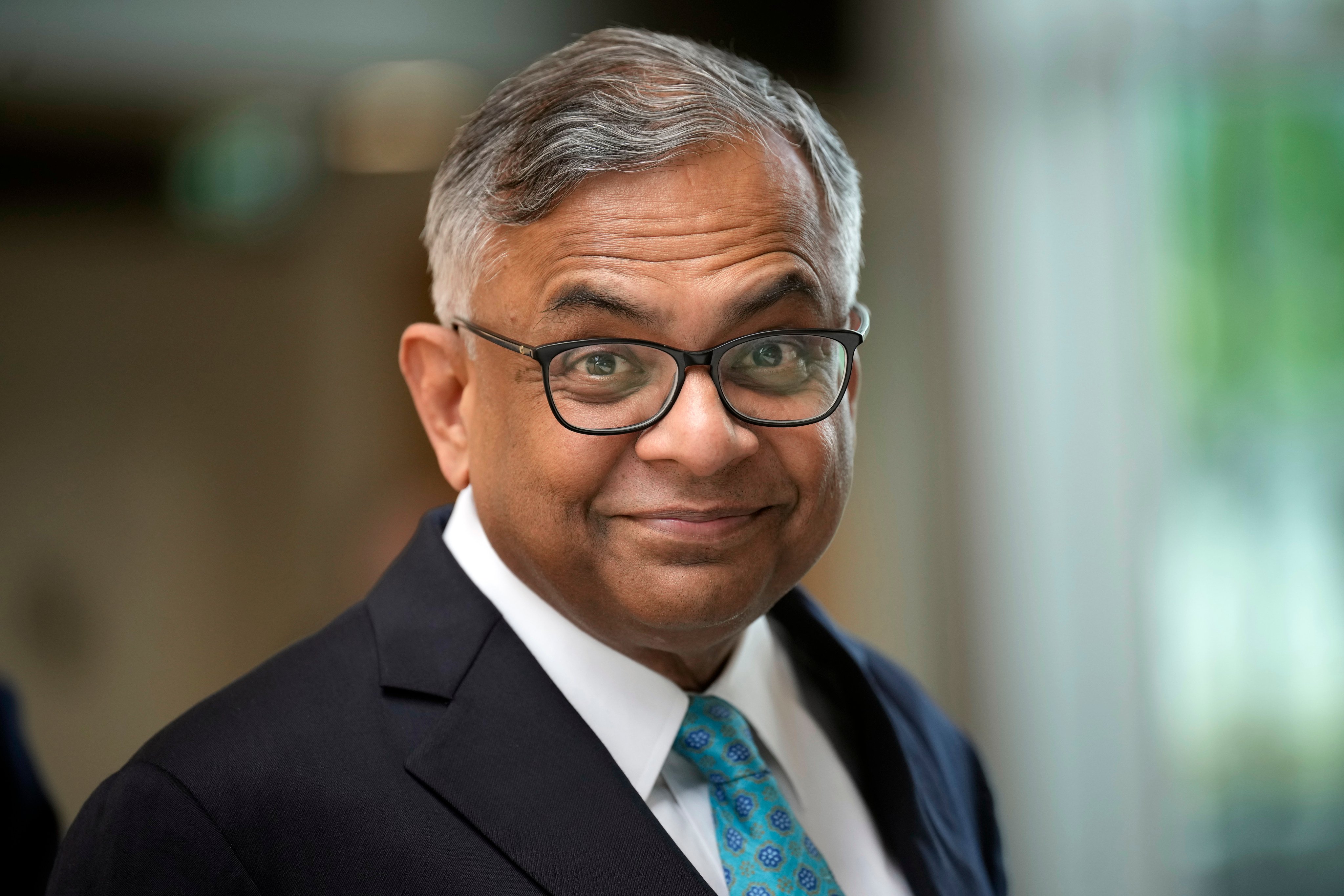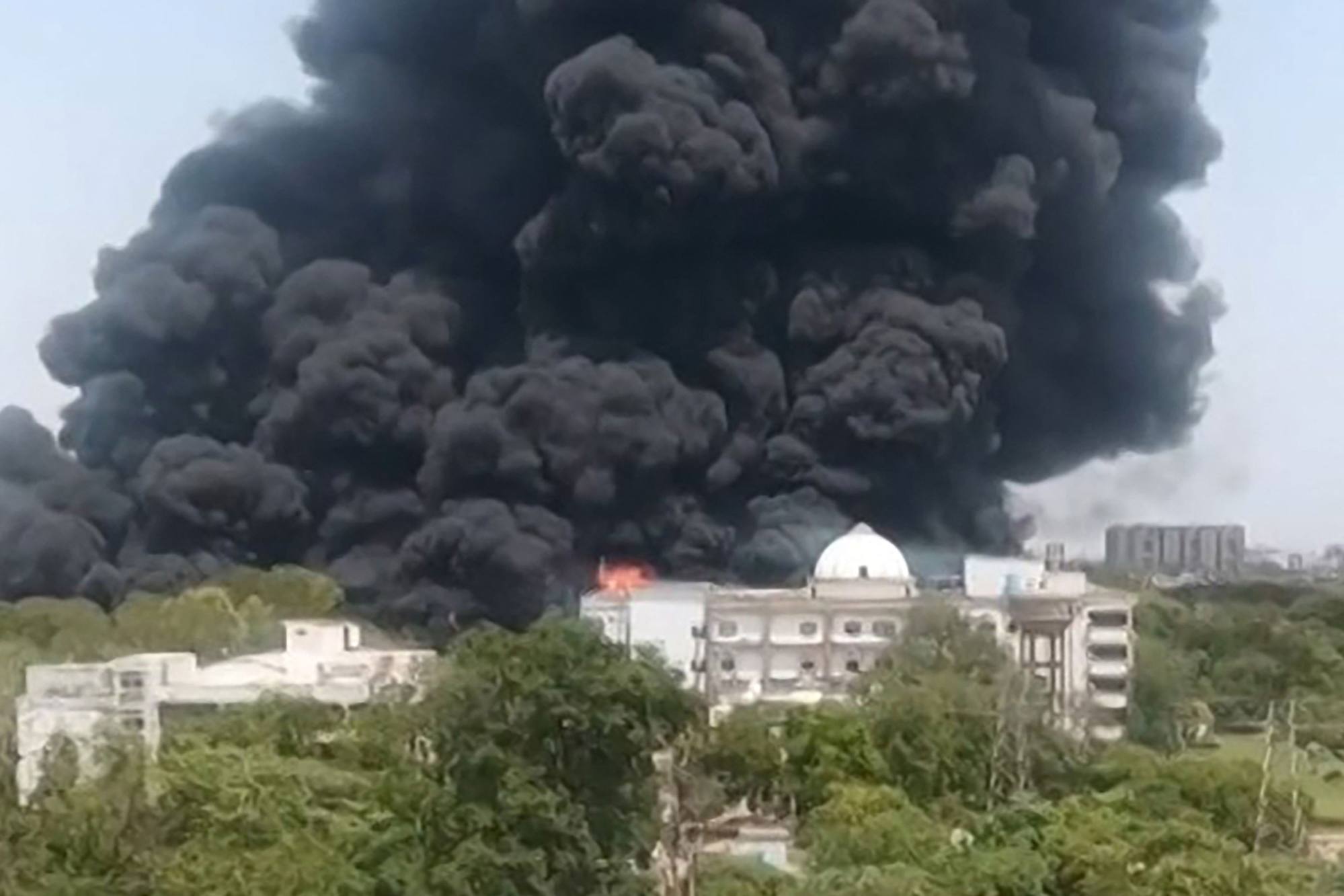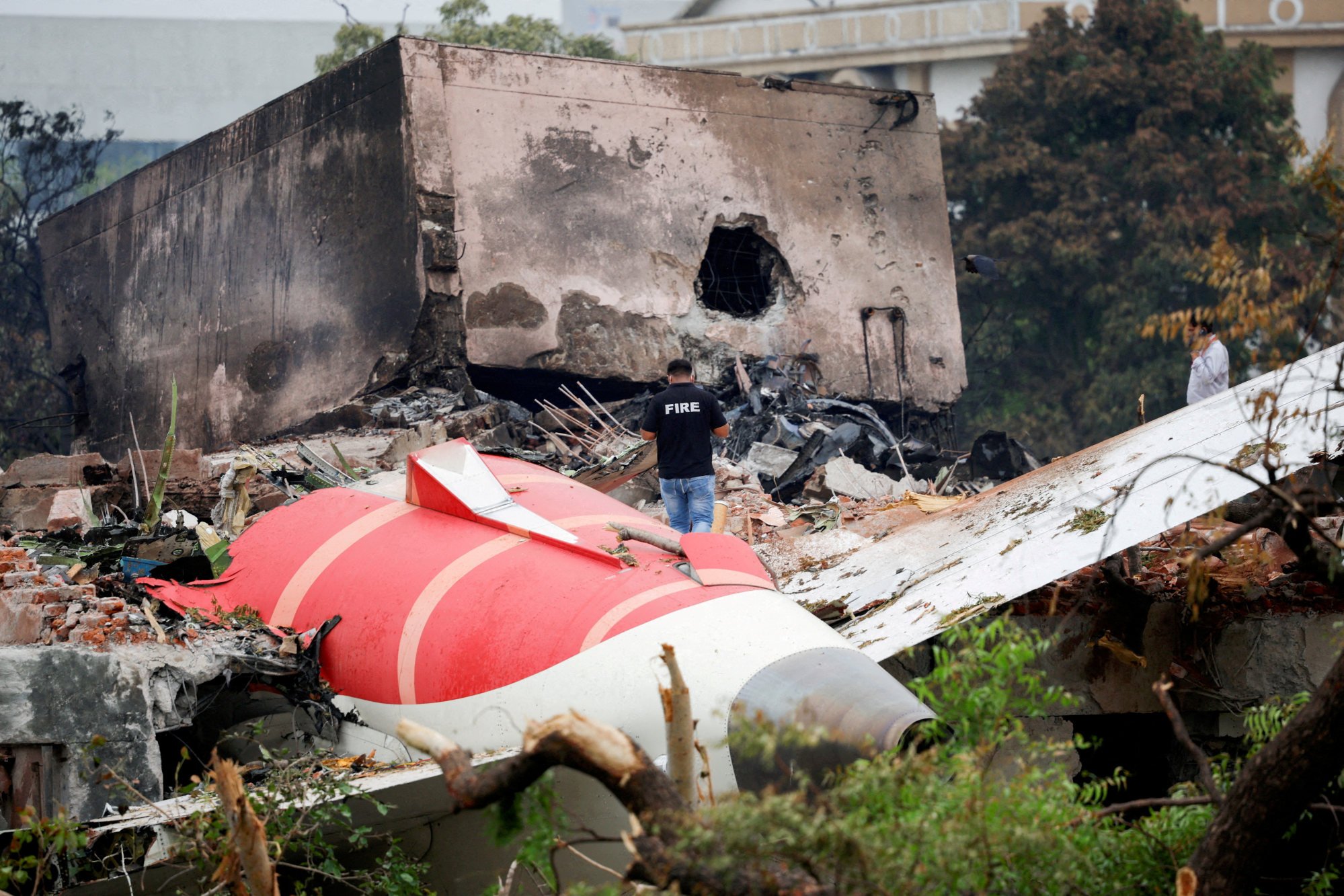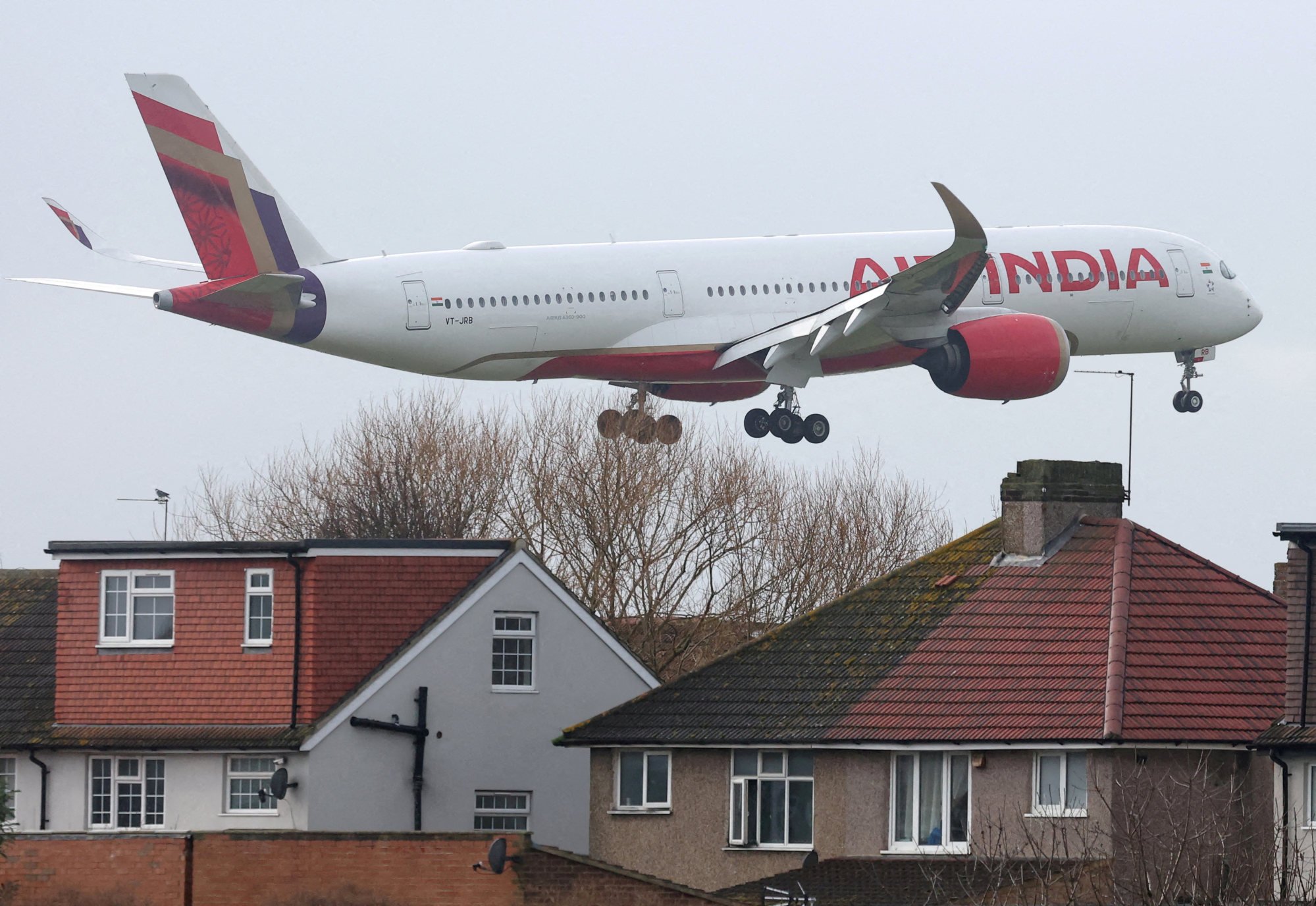After the crash, can Air India’s leadership shake-up rebuild trust?
Tata Group’s Natarajan Chandrasekaran has personally assumed command of Air India, leading a Herculean effort to restore passenger confidence

When nearly 300 lives were lost in a fiery crash outside Ahmedabad earlier this month, the future of Air India – and faith in Indian aviation itself – was thrown into turmoil.
Now, Tata Group’s chairman has assumed direct command of the embattled airline’s day-to-day operations, determined to chart a path out of the crisis following one of modern aviation’s deadliest disasters.
On June 17, just five days after the crash, Natarajan Chandrasekaran stood before 700 sombre Air India employees in New Delhi. The gravity of the moment was unmistakable.
“I’ve seen a reasonable number of crises in my career, but this is the most heartbreaking one,” he said. “We need to use this incident as an act of force to build a safer airline.”
For Chandrasekaran – whose reputation as a crisis-tested leader was forged during his tenure at India’s largest IT services firm, Tata Consultancy Services – the challenge is immense. Tata reacquired Air India in 2022, vowing to restore its faded lustre and transform it into a world-class carrier. But that vision is now in jeopardy.

The June 12 crash in Ahmedabad, one of the worst aviation disasters in recent memory, has cast a pall over Air India’s transformation plans. While investigators have yet to pinpoint the cause, the tragedy has prompted searching questions about safety oversight in a rapidly expanding aviation sector.
“There is no single way to restore Air India back to where it was,” said Shukor Yusof, founder of Singapore-based aviation consultancy Endau Analytics. “The airline must endure and persevere and clean up its act in terms of the bad reputation vis-a-vis its services and products. And stay the course.”
The repercussions could reverberate far beyond the country’s flag carrier. As the world’s third-largest and one of its fastest-growing aviation markets, India’s air-travel trajectory is closely linked to the airline’s future.
Air India has embarked on an audacious fleet expansion in recent years, placing orders for 570 aircraft from Airbus and Boeing, all under the Vihaan.AI road map to modernise, improve service and restore profitability. This included a record-breaking one-time order for 470 passenger jets in February 2023 alone.
Yet the Ahmedabad tragedy has already exacted a toll. Cancellations have rippled across the airline’s schedule, affecting at least eight services – including four international routes. Fearful passengers are increasingly scrutinising their travel choices, with bookings reportedly dipping noticeably in the aftermath.

For aviation analysts, Chandrasekaran’s decision to personally oversee Air India signals the gravity of the moment. “It should help stabilise the airline as he fully understands the Indian mindset and what’s needed to get back to business,” Yusof said.
Passenger confidence, though shaken, has shown tentative signs of revival. Subhash Goyal, chairman of the aviation and tourism expert committee at the Indian Chamber of Commerce, described the Tata chief’s decision to assume direct oversight as “a welcome development”.
“The Tata group is one of India’s most professional organisations and this will help the airline bounce back,” he said.
Chandrasekaran is thought to be working closely with Campbell Wilson, Air India’s chief executive officer and a veteran of Singapore Airlines, on key decisions. The task before them is Herculean: to recapture the prestige Air India once held under its famed founder, JRD Tata, before decades of government ownership eroded its reputation.
Jitendra Bhargava, a former executive director of Air India and author of The Descent of Air India, cautioned that recovery would be slow. “It has been three-and-a-half years since the airline changed its ownership, but the revival of Air India will be akin more to a five-day cricket test match and not a one-day match,” he told This Week in Asia.

Years of state control left Air India deeply dysfunctional amid political interference, a bloated workforce and an uneasy mix of legacy staff and new hires. Voluntary retirements have thinned the ranks, but a lack of airline experience persists among many employees. Goyal emphasised that staff dissatisfaction was still a pressing issue.
Passenger complaints have also piled up – from malfunctioning entertainment systems to broader service lapses – highlighting the sheer scale of the challenge.
Yet Bhargava said that Air India still had strengths in the form of a modernising fleet, an unrivalled international network and valuable domestic routes. To truly turn the corner, he argued, the airline should revive its own engineering arm, granting greater control over aircraft maintenance and efficiency.
India’s skies, meanwhile, are on the cusp of transformation. Air India’s regional rival IndiGo is also planning a major expansion, aiming to increase its fleet by 50 per cent to more than 600 aircraft by 2030.
Plans are also afoot to triple the number of airports in the country by the end of the decade, from 154 last year to as many as 400. But are India’s aviation safety regulators staying in step?
‘Chronic’ understaffing
With more than half of the posts at industry regulator, the Directorate General of Civil Aviation, currently vacant, “chronic” understaffing needs to be urgently addressed, according to a parliamentary report cited by news site India Today. A recent DGCA audit uncovered numerous maintenance and safety lapses at airlines and airports nationwide.
“The question is whether India’s safety regulators are keeping pace with the aviation industry,” Bhargava said.
While oversight has been tightened in the wake of the crash, Bhargava said the sector would benefit from a professional regulator modelled on the US’ Federal Aviation Administration.
Efforts are also under way to fill vacancies and professionalise the civil aviation ministry, industry executives say. But regulatory frameworks must evolve, Yusof said.
“It is always a good exercise to reassess some of the regulations to see if they could be improved, along with the changing times,” he said. “Nothing should be set in stone.”